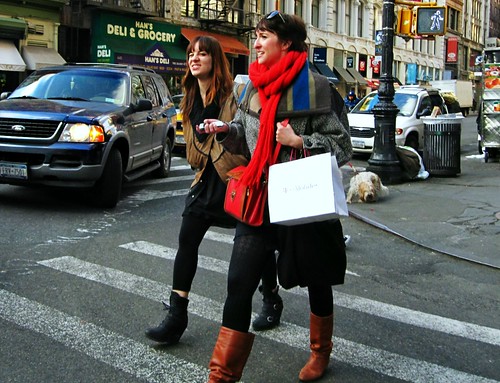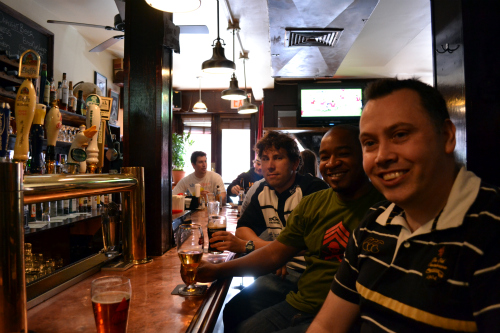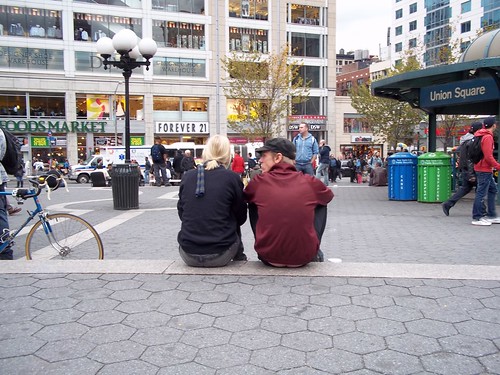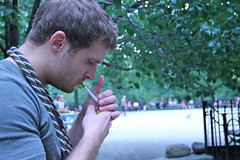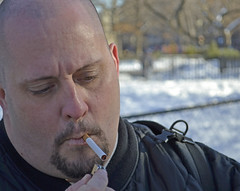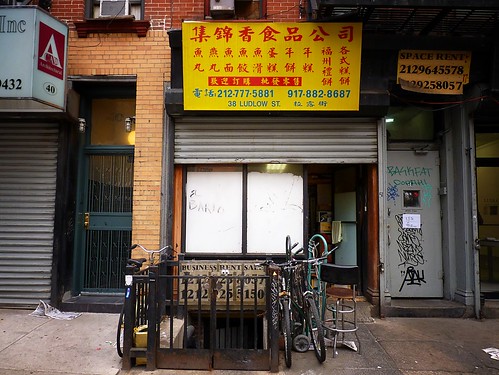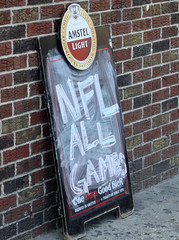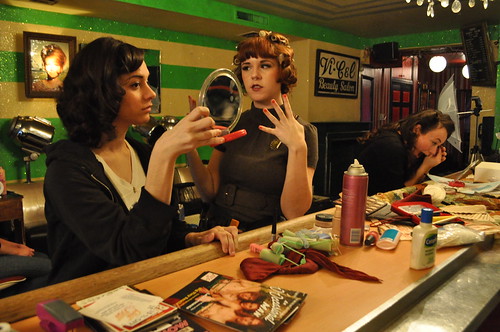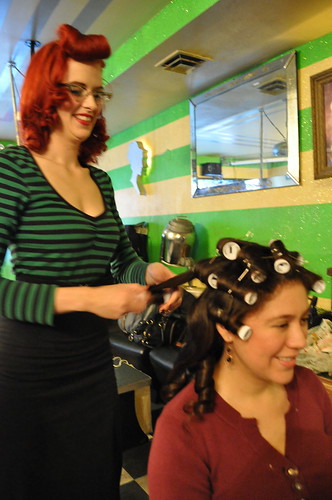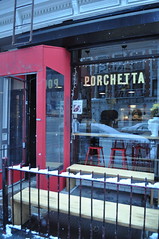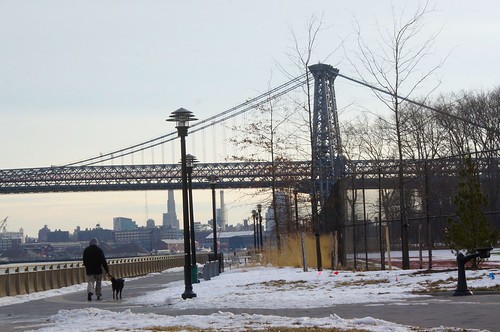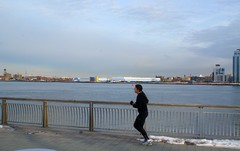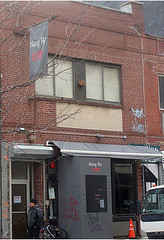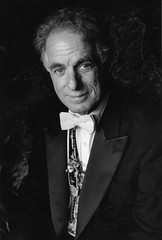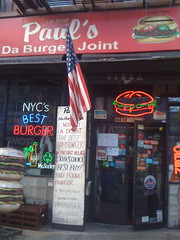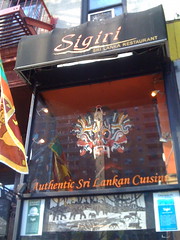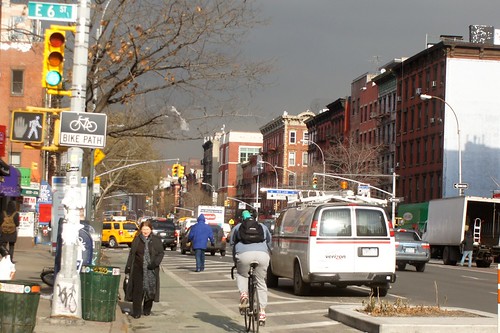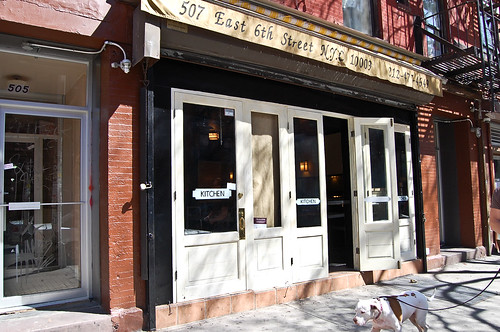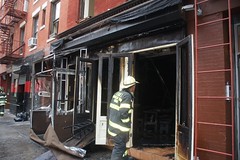If you had to identify one defining feature of life in Manhattan, it just might be pedestrianism. There are places where calling someone or something “pedestrian” is an insult; this isn’t one of them. Here, “pedestrian” is an identity to share and be proud of. It does occasionally need defending.
Only a minority of us have cars, but every New Yorker walks and lives near things worth walking to (no matter how often we also take taxis or Zipcars or anything else). Our street grid, formed by the 1811 Commissioners’ Plan, predates the automotive invasion of American space by nearly a century. We’re the pre-automotive Americans, by design and by history as well as by inclination. And if factors like climate change, oil shortages, energy costs, Middle Eastern warfare, and rising awareness of what cars do to human bodies all suggest that the automotive era won’t last forever, we’re ready for post-automotive life, too.
On the East Side, the human/vehicular competition is particularly intense, and with the tire tracks on people’s backs to prove it, a coalition of community groups led by the nonprofit group Transportation Alternatives (along with the East Village Community Coalition, East Harlem Preservation, Civitas, Upper Green Side, and others) has developed an East Side Action Plan to define goals for the improvement of street safety involving multiple city agencies. The East Side, particularly the East Village, is a logical place for this: the area from Chinatown up to East Harlem accounts for only 8 percent of the city’s population but 22 percent of its pedestrian commuters, 13 percent of its bike commuters – and 11 percent of its “fatal and injurious” crashes.
Read more…



